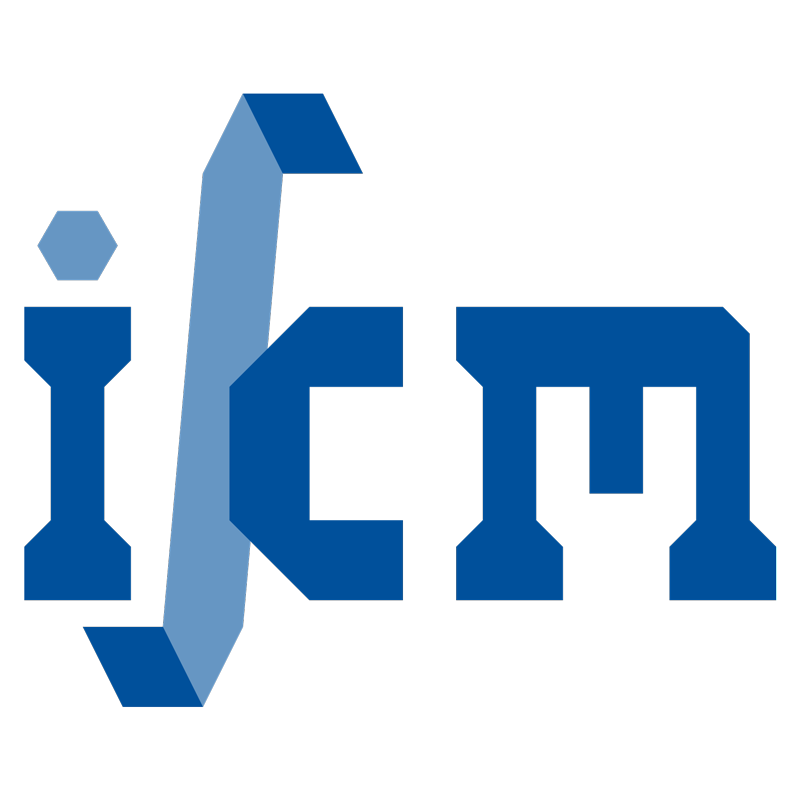Intrinsic bending flexoelectric constants in two-dimensional materials
- authored by
- Xiaoying Zhuang, Bo He, Brahmanandam Javvaji, Harold S. Park
- Abstract
Flexoelectricity is a form of electromechanical coupling that has recently emerged because, unlike piezoelectricity, it is theoretically possible in any dielectric material. Two-dimensional (2D) materials have also garnered significant interest because of their unusual electromechanical properties and high flexibility, but the intrinsic flexoelectric properties of these materials remain unresolved. In this work, using atomistic modeling accounting for charge-dipole interactions, we report the intrinsic flexoelectric constants for a range of two-dimensional materials, including graphene allotropes, nitrides, graphene analogs of group-IV elements, and the transition metal dichalcogenides (TMDCs). We accomplish this through a proposed mechanical bending scheme that eliminates the piezoelectric contribution to the total polarization, which enables us to directly measure the flexoelectric constants. While flat 2D materials like graphene have low flexoelectric constants due to weak π-σ interactions, buckling is found to increase the flexoelectric constants in monolayer group-IV elements. Finally, due to significantly enhanced charge transfer coupled with structural asymmetry due to bending, the TMDCs are found to have the largest flexoelectric constants, including MoS2 having a flexoelectric constant ten times larger than graphene.
- Organisation(s)
-
Institute of Continuum Mechanics
- External Organisation(s)
-
Tongji University
Boston University (BU)
- Type
- Article
- Journal
- Physical Review B
- Volume
- 99
- No. of pages
- 12
- ISSN
- 2469-9950
- Publication date
- 21.02.2019
- Publication status
- Published
- Peer reviewed
- Yes
- ASJC Scopus subject areas
- Electronic, Optical and Magnetic Materials, Condensed Matter Physics
- Electronic version(s)
-
https://doi.org/10.48550/arXiv.2208.09644 (Access:
Open)
https://doi.org/10.1103/physrevb.99.054105 (Access: Closed)
-
Details in the research portal "Research@Leibniz University"


